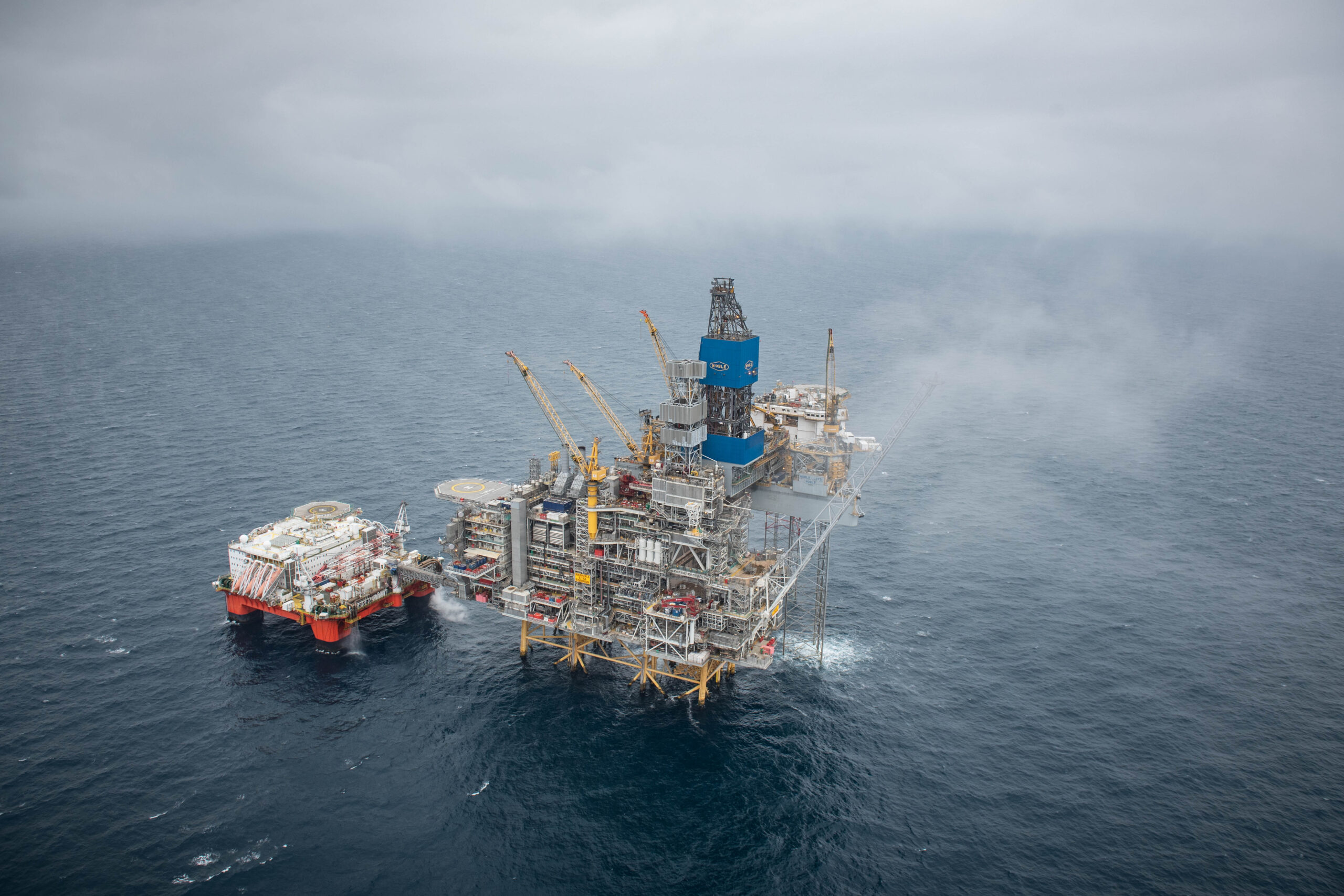“The Mariner reservoirs have up to 3 billion barrels of oil in place, a 50% increase on what was originally assumed, and the estimated recovery rate has already been increased by 20 percent. Mariner is expected to produce annual average plateau rates of around 55,000 barrels of oil per day and up to 70,000 barrels of oil per day at peak production.”
These are the words from a press release issued by Equinor when Mariner came on stream in August 2019.
In the meantime, following more than two years of production mainly from the Maureen reservoir, the conclusion has to be drawn that the recovery is likely to be less than half of the one initially assumed, taken into account the reserves downgrade that was announced last month.
Equinor has told expronews that it now expects daily production from Mariner to be around 22,000 barrels per day over the coming years.

A reconstruction
Let us work with a conservative number of 2 billion barrels in place – even though the press release claimed this to be 50% higher.
A paper on Mariner published in 2020 further states that the Maureen share of the STOOIP is approximately 25%, which leads to an estimate of 500 MMboe in place.
The recovery factor for Maureen was cited in the paper to range between 25% to 30%, which leads to an expected and conservative recoverable volume of 125 MMboe for the Maureen alone.
As it is known that all of Mariner’s production to date has been from the Maureen, we can then see from the OGA website that 21.1 MMboe have so far been produced.
A representative from the Equinor communications team further informed us that more than 80% of the current Mariner reserves resides in the Heimdal. Assuming the revised recoverable reserves of 180 MMboe, we arrive at a maximum recoverable volume in the Maureen of around 36 MMboe.
On that basis, reiterating that only conservative estimates have been used, the total recoverable volume from the Maureen reservoir in Mariner is in the order of 57 MMboe from project start-up.
Comparing this to an expected, and still conservative, recoverable volume of 125 MMboe, it becomes obvious how much the Maureen has underperformed so far.
It was always known that the Mariner field would be a challenge to develop and sweep successfully. However, arriving at a recovery factor more than twice as low as the already conservative estimate assumed prior to field start-up is a significant blow for operator Equinor and partners.

Partners
Only in November last year, NEO – backed by HitecVision – acquired JX Nippon’s 20% stake in both the Culzean and Mariner fields. It has to be assumed that the problems with the Maureen were part of the due diligence and hence were factored in in the negotiated price.
However, in contrast to previous acquisitions by HitecVision, there was no big PR splash following the JX Nippon deal. The HitecVision website does not even contain a news item on the matter. This is surprising, given that the deal was bigger than the Exxon transaction taking place earlier in 2021.
For partners Siccar Point (8.9%) and ONE-Dyas (6%) the downgrade is equally bad news, with Siccar Point still in the midst of a process to re-align the Cambo field development with the new reality after Shell pulled out last year.
HENK KOMBRINK





